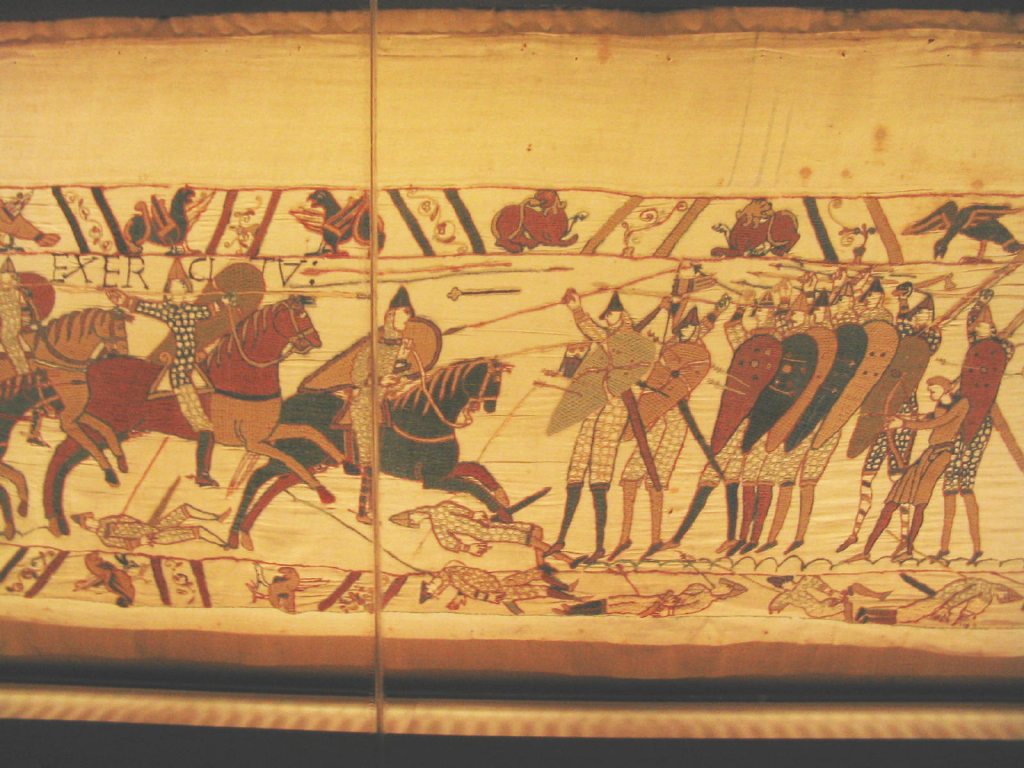|
Sheltron
A schiltron (also spelled sheltron, sceld-trome, schiltrom, or shiltron) is a compact body of troops forming a battle array, shield wall or phalanx. The term is most often associated with Scottish pike formations during the Wars of Scottish Independence in the late 13th and early 14th centuries. Etymology The term dates from at least 1000 CE and derives from Old English roots expressing the idea of a "shield-troop". Some researchers have also posited this etymological relation may show the schiltron is directly descended from the Anglo-Saxon shield wall, and still others give evidence "schiltron" is a name derived from a Viking circular formation (generally no fewer than a thousand fighters) in extremely close formation, intended to present an enemy's cavalry charge with an "infinite" obstacle (that is, a perimeter horses refuse to breach). Matters are confused by use of this term in Middle English to clearly refer to a body of soldiers without reference to formation, including c ... [...More Info...] [...Related Items...] OR: [Wikipedia] [Google] [Baidu] |
Shield Wall
A shield wall ( or in Old English, in Old Norse) is a military formation that was common in ancient and medieval warfare. There were many slight variations of this formation, but the common factor was soldiers standing shoulder to shoulder and holding their shields so that they would abut or overlap. Each soldier thus benefited from the protection of the shields of his neighbors and his own. History Ancient history The formation was known to be used by many ancient armies including the Persian Sparabara, Greek phalanx, and the early Roman army, but its origin and spread is unknown. It may have developed independently more than once. Although little is recorded about their military tactics, the Stele of the Vultures depicts Sumerian soldiers in a shield wall formation during the third millennium BC. By the seventh century BC, shield walls in ancient Greece are well-documented. The soldiers in the shield wall formations were called hoplites, so named for their equi ... [...More Info...] [...Related Items...] OR: [Wikipedia] [Google] [Baidu] |
